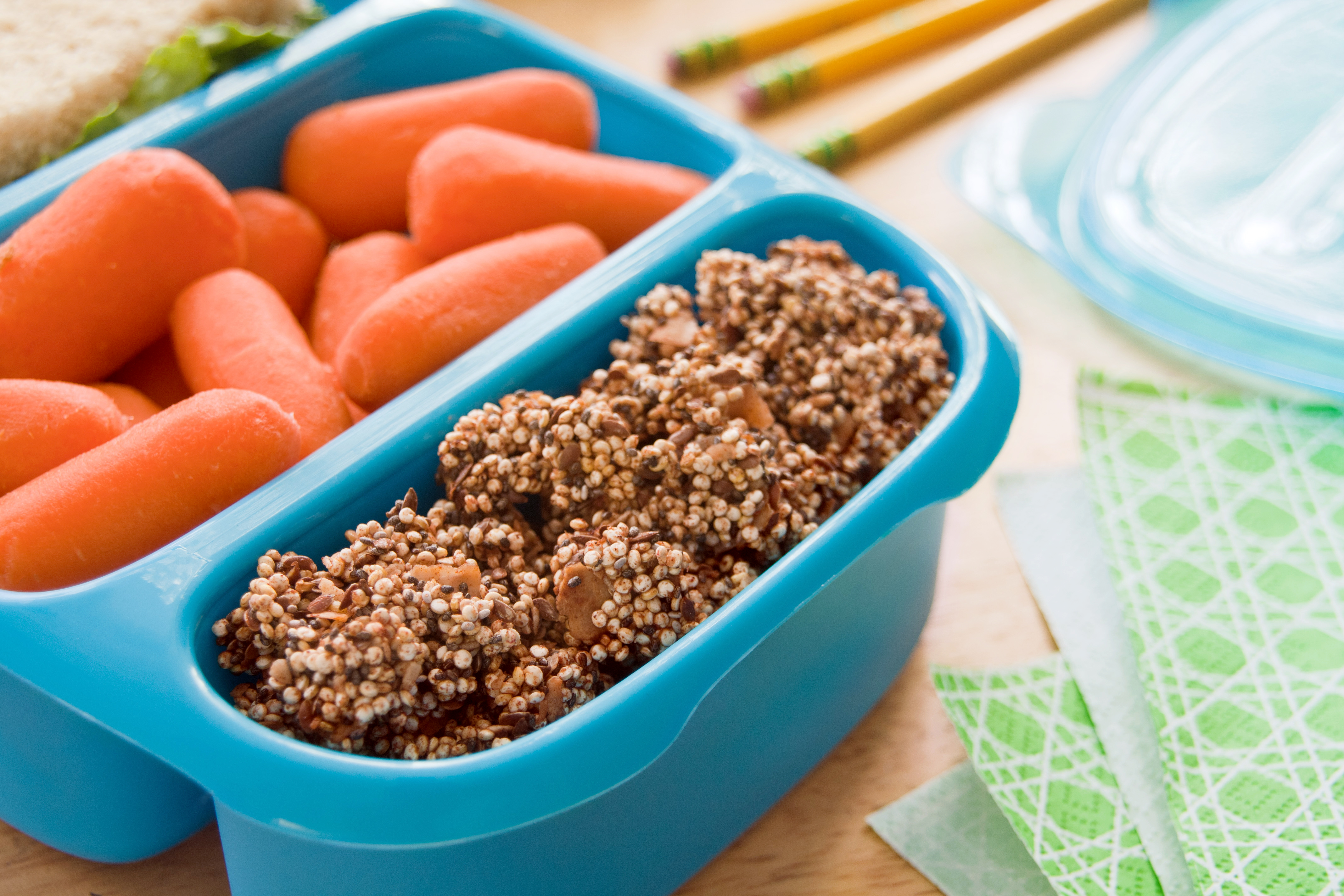Since the Healthy Hunger Free Kids Act (HHFKA) brought changes to our National School Lunch program, there has been an important conversation about the nutritional quality of lunches offered in public schools across the US. Supporters love the modifications, which are the first significant positive changes in several years, while opponents view the changes as an unnecessary, costly step that attempts to control school cafeterias and increases food waste. Some see the move toward more whole grains, reduced fat milk and increased fruits and vegetables as a welcome and important change, while others see these alterations to the menu as anything but “kid-friendly.”

While the debate continues, a group of researchers at Virginia Tech are adding to the conversation with new and important research comparing the nutritional quality of home packed lunches with those offered through our National School Lunch program since HHFKA changes went into effect. According to their article, which was recently published in the Journal of Nutrition Education and Behavior, lunches brought from home are likely to be higher in calories, fat (including saturated fat), and sugar than school lunches are. Additionally, home packed lunches lack the protein, calcium and fiber found in school lunch. While the sodium measured was greater in school lunch, it is important to note that data was collected prior to the recent reduction in the sodium levels of school lunch, which went into effect this school year.
This research comes on the heels of other data, which illustrates the benefits of the new school changes. Maybe the conversation about school lunch will begin to change?
I hear the argument frequently in both my professional life as a retail dietitian and in my personal life, which includes volunteering for public school wellness councils. Parents complain that their kids no longer like the chicken nuggets, which are now baked, with whole grain bread crumbs. Likewise, they miss their white flour pizza and pasta. And the fruit and vegetables on every tray is often met with, “but my kids hate cooked vegetables.” And so on. What I am coming to realize, however, and pleased to have an increasing amount of research to support, is that kids are surprised by the new school offerings because they have never had these foods before. So maybe it’s worth considering how we can support parents in exposing their children to healthier offerings?
The coming months and years will see more changes to school lunch under HHFKA. If we want kids to accept these updates to school lunch, then we have to help parents offer more of these ingredients, textures and flavors at home so that children will be familiar with them. After all, it is no wonder that a child doesn’t like the wraps offered at school (using a whole grain tortilla) if they have never eaten it before. Likewise, they are going to think that cooked broccoli is mushy if they have only ever had raw.
Lastly, we need to help the caregivers of the nearly 40% that bring home lunches to school pack more healthful options. Resources abound to assist with incorporating more fruits, vegetables, and whole grains, as well as nutrient rich, low sodium options into their home. I make it even easier with the resource round-up below.
Recipes
- Fruit Salsa
- Recipe Roundup: Think Outside the Lunchbox
- Your Kids Will Eat This! (PDF cookbook)
- Homemade Snack Bars
- Quinoa Granola